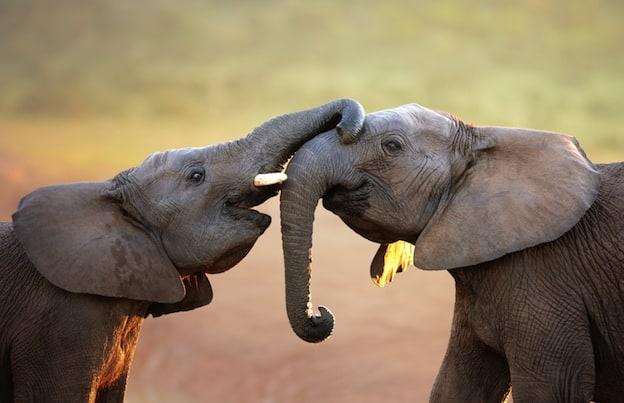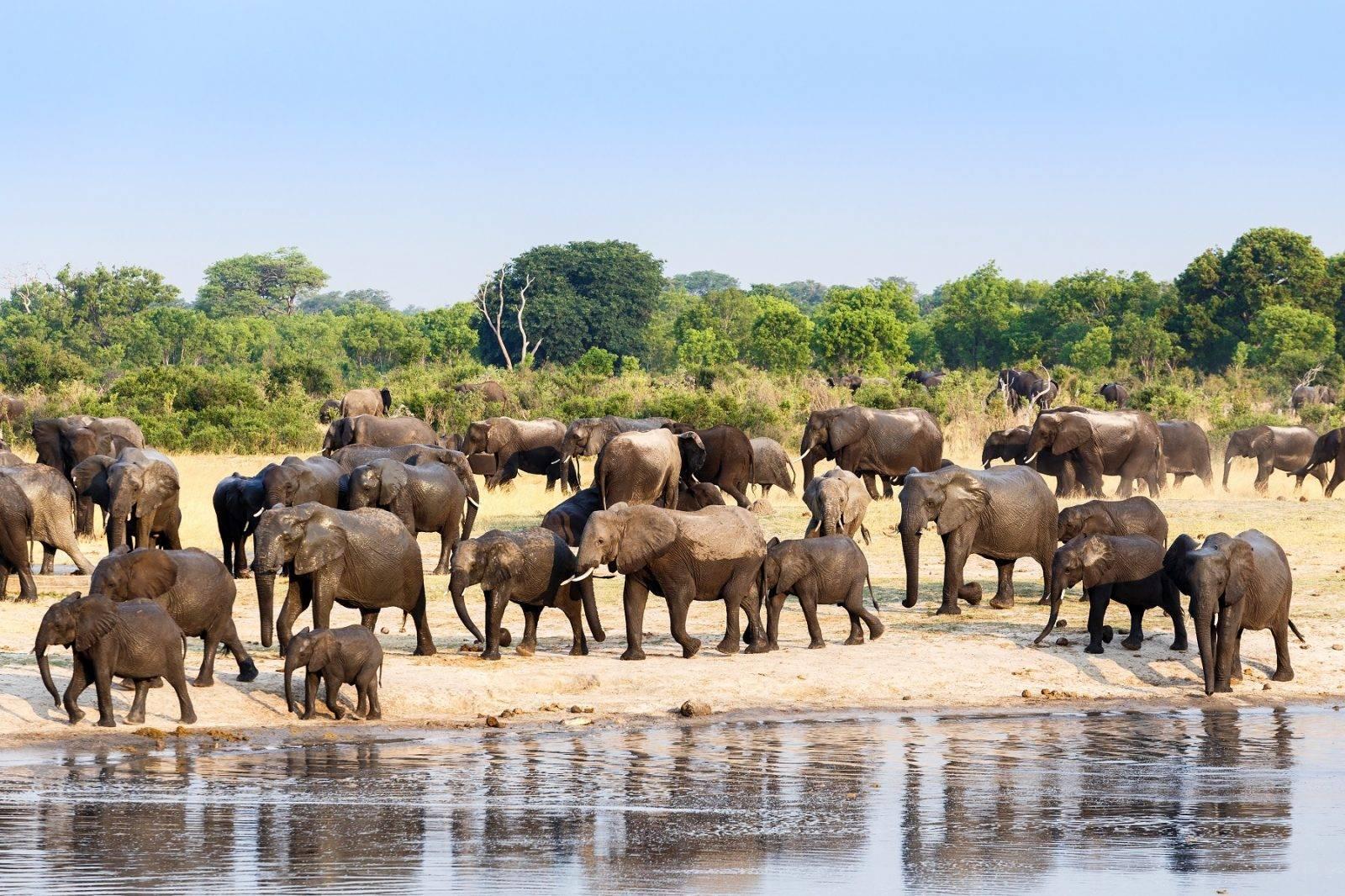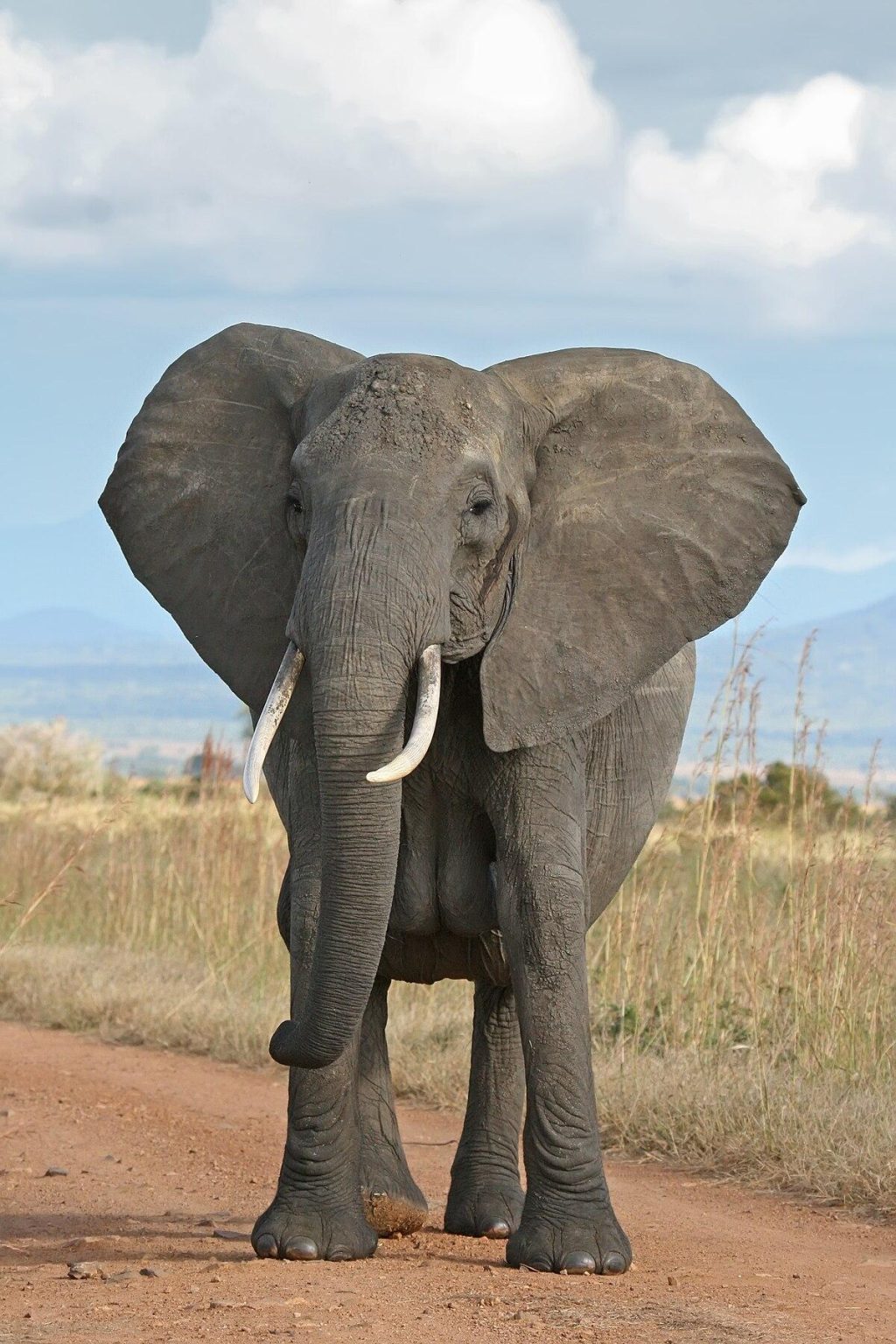As the sun rises over the vast African savannah, a family of elephants emerges from the shadows of ancient acacia trees, their silhouettes painted against the golden horizon. With each gentle rumble and trumpet, the matriarch leads her herd toward a nearby waterhole, embodying a world of intricate social dynamics often overlooked by human observers. Elephants, known for their remarkable intelligence and emotional depth, engage in complex social behaviors that mirror the bonds found within human families and communities. From elaborate rituals of grief to playful interactions among juveniles, their lives are woven with threads of cooperation, communication, and conflict. This article invites you to delve into the captivating social tapestry of elephants, exploring the relationships that define them and the lessons they hold for our understanding of social structures in the wild. As we peel back the layers of their interactions, we uncover not just the intricacies of a species, but a reflection of the deep connections that bind all intelligent creatures.
Table of Contents
- Understanding Elephant Communication in Social Structures
- The Role of Family Bonds in Elephant Herd Dynamics
- Exploring the Emotional Intelligence of Elephants
- Conservation Strategies to Protect Elephant Social Habitats
- To Conclude
Understanding Elephant Communication in Social Structures

Elephants exhibit a rich tapestry of communication that is central to their social structures, demonstrating a profound understanding of one another. Their repertoire is not limited to vocalizations; it encompasses a diverse range of signals, including body language, infrasound (low-frequency sounds), and even tactile interactions. These methods serve various purposes, such as coordinating group movements, expressing emotions, and even warning of dangers. Elephants can communicate over several kilometers using infrasound, enabling family members to remain connected, even when separated. This long-range communication highlights their intricate social bonds and the importance of cooperation in their herds.
Within elephant communities, social hierarchies play a vital role in communication dynamics. The matriarch, usually the oldest and most experienced female, leads the herd, making critical decisions regarding movement and resource acquisition. Below the matriarch, other female relatives and their offspring participate in group discussions, sharing knowledge about food sources and environmental changes. In addition, elephants often engage in communal activities, such as greeting ceremonies, where they touch, vocalize, and display coordinated movements, reinforcing their unity. These interactions not only strengthen social ties but also foster a sense of safety and support, essential for their survival in the wild.
The Role of Family Bonds in Elephant Herd Dynamics

Elephant herds are remarkable examples of complex social structures, with bonds that often surpass mere kinship. Family ties play a crucial role in facilitating cooperation, communication, and conflict resolution within the group. These relationships are forged and reinforced through various behaviors, such as social grooming, vocalizations, and shared experiences, which promote a sense of belonging and loyalty. Within these familial units, matriarchs lead the way, drawing upon their extensive knowledge of resources and social dynamics to guide the herd through changing environments. Their wisdom is invaluable, allowing them to make strategic decisions that ensure the well-being of all members.
The dynamics of these familial bonds can be observed in numerous ways:
- Support during childbirth: Female elephants often assist one another during calving, offering protection and companionship to the new mother.
- Collective defense: When facing threats, the herd bands together, utilizing their strong familial ties to form a defensive barrier around vulnerable members.
- Shared caregiving: Adult elephants frequently assume the role of caregivers for calves, fostering a nurturing environment that promotes survival and growth.
Through a web of strong connections, elephant herds exemplify the importance of family within their social structure, underscoring the profound impact of these relationships on their overall success and resilience.
Exploring the Emotional Intelligence of Elephants
Elephants are renowned for their sophisticated social structures, showcasing a spectrum of emotional intelligence that rivals many creatures. They are deeply empathetic beings, capable of forming strong bonds not only within their herd but also across different groups. Observations have shown that elephants exhibit behaviors such as grief and compassion, often mourning the loss of a herd member or comforting one another during distress. This emotional depth is facilitated by their remarkable memory and communication skills, which play a crucial role in strengthening their social networks.
Research has indicated that elephants possess various coping mechanisms when faced with emotional challenges. They engage in supportive behaviors, such as touching and vocalizations, to reassure each other in times of need. Furthermore, their intricate social interactions can be seen in actions like shared parenting and collaborative problem-solving, which highlight their advanced cognitive abilities. The table below illustrates some key indicators of emotional intelligence observed in elephant behavior:
| Behavior | Emotion Displayed | Social Impact |
|---|---|---|
| Friendly greetings | Affection | Strengthened bonds |
| Mourning rituals | Grief | Collective support |
| Helping injured members | Compassion | Community resilience |
| Cooperative breeding | Trust | Enhanced survival |
Conservation Strategies to Protect Elephant Social Habitats
To ensure the preservation of elephant social habitats, several innovative conservation strategies are being implemented across various ecosystems. These methods focus on fostering a harmonious relationship between elephants and their environments, enabling both to thrive. Community engagement plays a vital role in these strategies, where local populations are educated about the ecological significance of elephants. By enhancing awareness, communities can take ownership of conservation efforts. Moreover, implementing corridor conservation can facilitate safe migration routes for herds, ensuring they can access critical resources without the threat of poaching or habitat fragmentation.
Another effective approach involves the use of technology and monitoring systems to track elephant movements and detect potential threats to their habitats. Real-time data sharing can help in proactive decision-making, reducing human-wildlife conflict. In addition to high-tech solutions, establishing protected areas and national parks specifically designed for elephant populations is essential. These regions must be maintained with strict protection laws to deter illegal activities. Below is a brief overview of some key strategies employed in elephant conservation:
| Strategy | Description |
|---|---|
| Community Engagement | Educating locals about the ecological role of elephants to foster a protective attitude. |
| Corridor Conservation | Creating safe migration paths to connect fragmented habitats. |
| Technology Monitoring | Utilizing GPS and drones to track elephant movements and assess threats. |
| Protected Areas | Establishing and enforcing laws in national parks to safeguard elephant populations. |
To Conclude
As the sun dipped below the horizon, casting golden hues across the savannah, the elephants gathered in their familiar social groups, their silhouettes embodying a profound sense of community. Each gentle trumpet and soft rumble carried tales of affection, conflict, and intricate relationships that bind these magnificent creatures together. In exploring the complex social lives of elephants, we uncover not just their behaviors but the deep emotional threads that run through their existence.
In their world, every interaction—be it nurturing a calf, mourning a lost companion, or forging alliances—reveals layers of intelligence and emotional depth that challenge our understanding of animal behavior. Elephants, with their rich social structures, portray a vivid tapestry of connection that resonates with our own human experiences. As we step back from this exploration, it’s clear that the bonds formed within elephant herds extend far beyond mere survival; they are a testament to the power of social ties and the shared understanding of those who inhabit this vast, interconnected ecosystem.
our journey into the lives of these gentle giants leaves us with an enduring appreciation for the intricate dance of coexistence woven into the fabric of nature. As we reflect on what we’ve learned, let us carry forward a commitment to protect these remarkable beings and their habitats, so that future generations may also witness the beauty and complexity of their social lives in the wild. For in nurturing the rights of elephants, we ultimately safeguard the intricate ecosystems that sustain us all.



